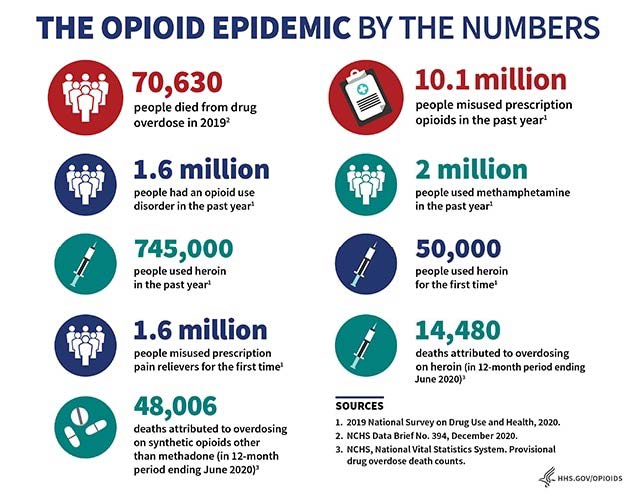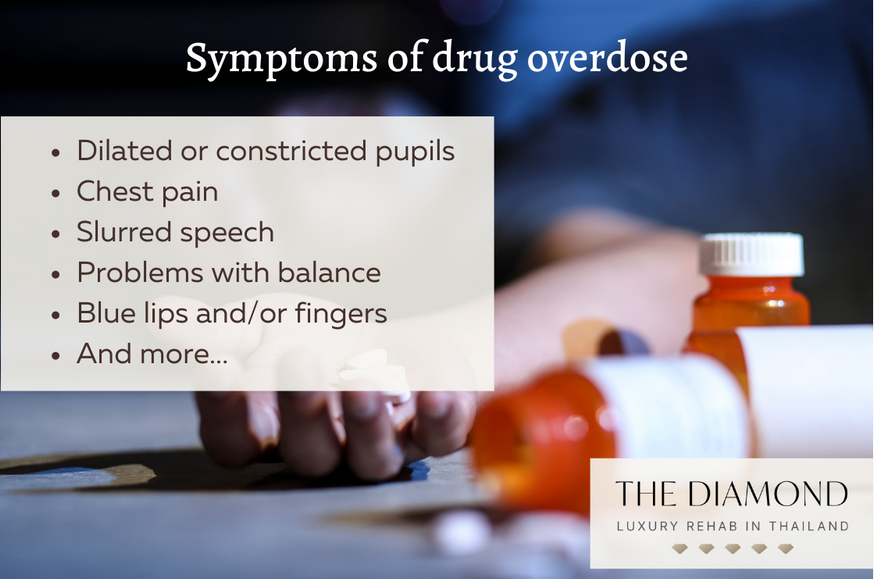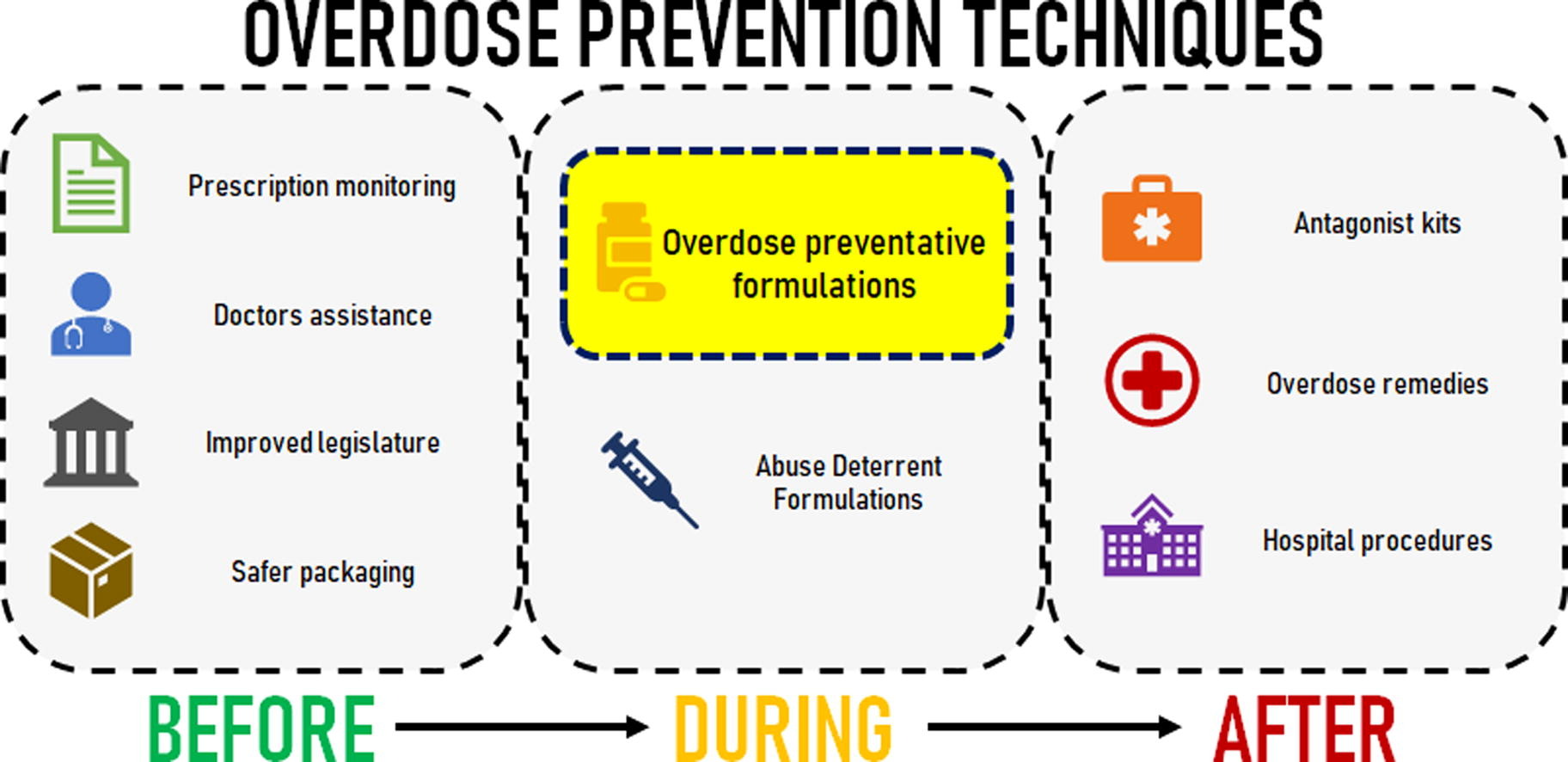The Opioid Crisis Unveiled: Understanding Drug Overdose
Introduction:
The opioid crisis is an urgent issue that demands our attention. In this comprehensive article, we will uncover the intricacies of the crisis, with a primary focus on understanding the devastating effects of drug overdose. Let’s delve into this critical topic to shed light on its complexities and potential solutions.
The Hidden Epidemic

A Growing Concern
The opioid crisis is no longer a distant problem—it has become an alarming epidemic that affects individuals across the nation. Discover the reasons behind its rapid growth and how it has become a pressing concern for communities.
The Impact on Society
The opioid crisis extends beyond individual struggles; it profoundly impacts society. Explore the ripple effects of addiction and overdose on families, healthcare systems, and the justice system.
Unmasking Drug Overdose
What Happens During an Overdose?

To comprehend the opioid crisis, it’s crucial to understand the mechanics of drug overdose. Delve into the physiological changes that occur during an overdose and why it can be fatal.
The Alarming Statistics
Numbers don’t lie. Dive into the shocking statistics that highlight the scale of the opioid crisis. Learn how overdose-related deaths have escalated and who is most affected.
The Role of Prescription Medications
Prescription opioids are a significant contributor to the crisis. Explore how these medications, initially intended for pain management, have fueled addiction and overdose.
The Lure of Illegal Opioids
Illegal opioids like heroin and fentanyl have further complicated the crisis. Understand the dangers associated with these substances and their prevalence.
Personal Stories: The Human Face of the Crisis
Voices from the Frontline
Meet individuals and families who have confronted the opioid crisis head-on. Their stories provide a human perspective, emphasizing the urgency of addressing the issue.
A Glimpse into Recovery
While addiction and overdose are devastating, recovery is possible. Discover stories of resilience and hope as individuals rebuild their lives after addiction.
Prevention and Treatment

Strategies for Prevention
Preventing addiction and overdose requires a multifaceted approach. Explore harm reduction strategies, prescription monitoring programs, and educational initiatives.
Naloxone: A Lifesaver
Naloxone, an opioid overdose reversal medication, plays a crucial role in saving lives. Learn how it works and its accessibility in emergencies.
Seeking Help: Treatment Options
For those struggling with addiction, seeking help is the first step toward recovery. Explore the various treatment options available, from detoxification to rehabilitation.
read more about Why Do We Need Booster Doses of Vaccines?”
Creating Awareness and Ending Stigma
Educating the Masses
Education and awareness are powerful tools in combating the crisis. Discover how initiatives are spreading knowledge and reducing the stigma associated with addiction.
Breaking the Silence
The stigma surrounding addiction and overdose can be a barrier to seeking help. Understand the importance of open conversations and empathy in breaking this silence.
Government and Community Initiatives
Policy Changes
Governments and communities are taking steps to address the crisis. Explore the policies and initiatives aimed at curbing opioid misuse and promoting recovery.
Conclusion: Charting a Path Forward
In conclusion, the opioid crisis is a multifaceted challenge that requires collective action. We’ve examined its various aspects, from the mechanics of drug overdose to personal stories of resilience. By understanding the crisis, we can take steps to combat it effectively and offer support to those in need.
FAQs
Q1: What are opioids, and how do they contribute to the crisis?
A1: Opioids are drugs that reduce pain perception and induce euphoria. The crisis stems from the overprescription and misuse of these medications, leading to addiction.
Q2: What are the signs of a drug overdose?
A2: Signs of overdose include extreme drowsiness, confusion, slow breathing, pinpoint pupils, and loss of consciousness. Immediate medical attention is crucial.
Q3: Is there hope for individuals struggling with opioid addiction?
A3: Yes, recovery is possible through treatment options like medication-assisted treatment (MAT), counseling, and therapy.
Q4: How can I support someone at risk of a drug overdose?
A4: Encourage professional help, offer emotional support, and learn about Naloxone for emergency use.
Q5: What role do prescription monitoring programs (PMPs) play in preventing opioid abuse?
A5: PMPs track the prescription and dispensing of opioids, helping healthcare providers detect overuse and intervene early to prevent addiction.








 Viesearch - The Human-curated Search Engine
Viesearch - The Human-curated Search Engine
